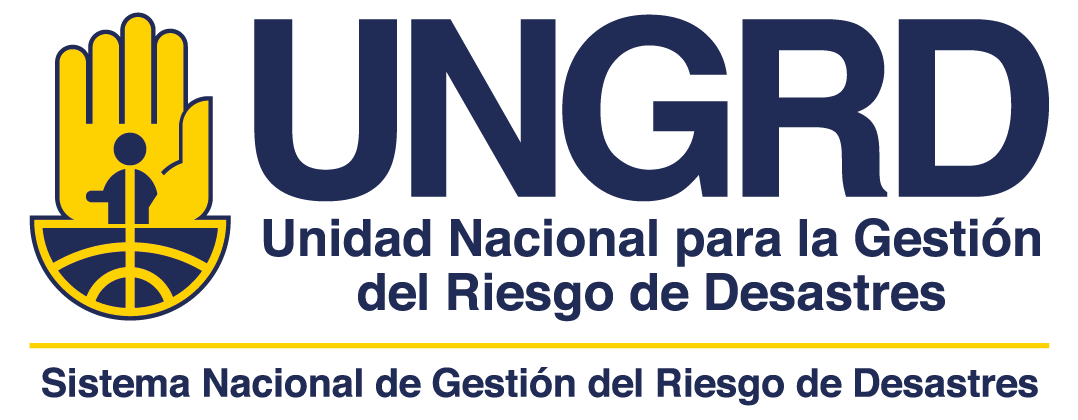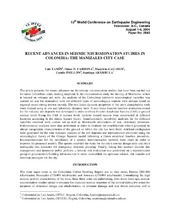Mostrar el registro sencillo del ítem
Recent advances in seismic microzonation studies in Colombia: The Manizales city case
| dc.creator | L. Yamin | |
| dc.creator | O.D. Cardona | |
| dc.creator | M. Gallego | |
| dc.creator | C. Phillips | |
| dc.creator | S. Arámbula | |
| dc.date.accessioned | 2016-07-28T13:29:06Z | |
| dc.date.available | 2016-07-28T13:29:06Z | |
| dc.date.issued | 2004 | |
| dc.identifier.citation | L. Yamin, O.D. Cardona, M. Gallego, C. Phillips, S. Arámbula. (2004). Recent advances in seismic microzonation studies in Colombia: The Manizales city case . Vancouver. 13th World Conference on Earthquake engineering | |
| dc.identifier.uri | http://hdl.handle.net/20.500.11762/19811 | |
| dc.description.sponsorship | Universidad de Los Andes, Universidad Nacional de Colombia sede Manizales | |
| dc.format | Digital (.pdf) | |
| dc.language.iso | en | |
| dc.publisher | 13th World Conference on Earthquake engineering | |
| dc.source | reponame:Repositorio Institucional Unidad Nacional para la Gestión del Riesgo de Desastres | spa |
| dc.source | instname:Unidad Nacional para la Gestión del Riesgo de Desastres | spa |
| dc.subject | Seismic hazard | |
| dc.subject | Manizales | |
| dc.subject | Microzonification studies | |
| dc.title | Recent advances in seismic microzonation studies in Colombia: The Manizales city case | |
| dc.type | info:eu-repo/semantics/article | spa |
| dc.description.departamento | VANCOUVER | |
| dc.type.spa | Articulo de conferencia | |
| dc.rights.accessRights | info:eu-repo/semantics/openAccess | spa |
| dc.description.abstractenglish | The article presents the recent advances on the seismic microzonation studies that have been carried out for some Colombian cities, making emphasis in the microzonation study for the city of Manizales, which is located on volcanic ash soils. An analysis of the Colombian territory's seismological variables was carried out and the attenuation laws for different types of seismological sources were defined based on regional recent strong motion records. The non-linear dynamic properties of the city's characteristic soils were studied using in situ and laboratory dynamic tests. A non-linear transfer function evaluation model for the volcanic ash deposits was developed in order to obtain Fourier Amplitude Spectra (FAS) at ground surface level. Using the FAS at surface level, uniform hazard spectra were constructed at different locations according to the classic hazard theory. Simultaneously, sensibility analyses for the different variables involved were carried out as well as Montecarlo simulations of non -stationary processes.Bidimensional analyses were also performed in order to evaluate the amplification effects generated by abrupt topographic characteristics of the ground on which the city has been built. Artificial earthquakes were generated for the time response analysis of the soil deposits and representative structures using the seismological theory of the Omega Squared model following a Green empirical function procedure.Recommendations for the installation of a seismic instrumentation network were made in order to improve the proposed models. The spectra establish the basis for the city's seismic design code and city's earthquake loss scenarios for emergency response planning. Finally, taking into account disaster risk management and insurance public policies, a seismic risk evaluation was performed on a representative group of government's building infrastructure in order to establish the optimum seismic risk transfer and retention strategies for the city. | |
| dc.relation.publisherversion | - | |
| dc.type.hasVersion | info:eu-repo/semantics/acceptedVersion | spa |



